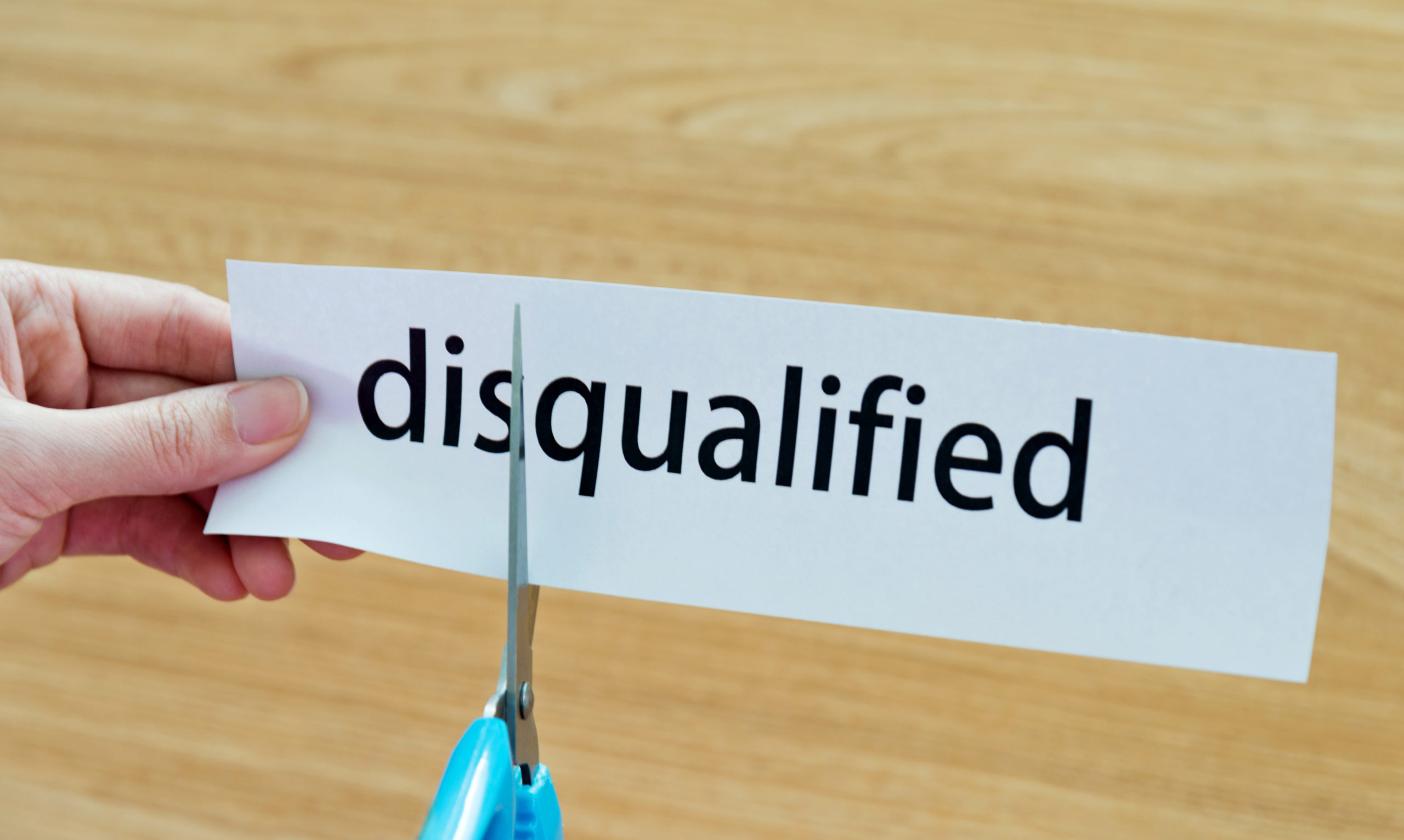
California Disqualification Decision and Claims of “Unreasonable Delay”
A frequent tool in the defense arsenal of lawyers facing a disqualification motion is a claim that there was an “unreasonable delay” in bringing the motion. Some lawyers and clients tend to assume, incorrectly, that a moving party’s knowledge of a disqualifying conflict will be presumed if the movant was a party to a former or current relationship that is allegedly disqualifying and/or that the significant passage of time will itself prevent disqualification. A recent federal decision out of the Central District of California, however, underscores the multi-faceted and fact-specific approach courts take in evaluating claims of unreasonable delay.
In Long Beach Unified School District v. Santa Catalina Island Company and City of Avalon, C.D. Cal., Case No. 2:19-cv-01139, a law firm for the City of Avalon was disqualified after it allegedly engaged in over 7,000 hours of litigation activity and extensive discovery involving the exchange of over 100,000 documents and fifteen expert reports. The action involves a dispute between the Long Beach Unified School District and the City of Avalon regarding cleanup costs for contamination at the Avalon School campus, property owned by the District.
The action was filed in February 2019. The City’s counsel was retained in 2012 (roughly seven years before the filing of the action). Counsel’s prior representation of the District, which created the allegedly disqualifying conflict, occurred between 2006 and 2007. The motion for disqualification was filed in January 2022, roughly three months before the trial was originally scheduled to take place and approximately five months after the City had obtained partial summary judgment on four of the District’s five claims.
In evaluating the City’s claim of “unreasonably delay,” the Court noted that a party opposing a motion for disqualification may defeat such motion by offering prima facie “evidence of unreasonable delay in bringing the motion, causing prejudice to the present client ….” Order at 12, citing Metro-Goldwyn-Mayer, Inc. v. Tracinda Corp., 43 Cal.Rptr.2d 327, 336-337 (1995). The Court emphasized, however, that “delay alone will not necessarily result in the denial of a disqualification motion; the ensuing prejudice caused by the delay must be extreme.” Order at 12, citing Zador Corp. v. Kwan, 37 Cal.Rptr.2d 754, 764 (1995). The test in California, as articulated by the Court in its Order, provides that once a prima facie showing of unreasonable delay and extreme prejudice has been made by the non-movant, the burden shifts back to the party seeking disqualification to “justify” the delay. Order at 12.
Non-exclusive factors considered in assessing reasonableness include (1) the stage of litigation at which the motion is made; and (2) the complexity of the case. Order at 12, citing Liberty Nat’l Enters., L.P. v. Chicago Title Ins. Co., 123 Cal.Rptr.3d 498, 486-88 (2011). The Court concluded that the “stage of litigation” did not favor a finding of unreasonableness, emphasizing that a reassignment order issued after the filing of the disqualification motion had vacated the trial date, which had yet to be reset. The Court further noted that it was unlikely the trial would be rescheduled for sooner than approximately five months out, “giving the City several months to find new counsel capable of defending the litigation effectively.” Order at 13. The Court also found that the “complexity of the case” did not favor a finding of unreasonableness. The Court acknowledged that the claims originally brought by the District involved several environmental issues, the exchange of over 100,000 documents, and several expert reports, but found that the City’s successful summary judgment motion had “significantly narrowed” the claims, with only a portion of one of the original five claims remaining. Order at 13-14.
In addressing whether the City would suffer “extreme prejudice” as a result of the delay, the Court noted the “interest and right of a nonmoving client to the lawyer of its choice.” Order at 14, citing Liberty, 123 Cal.Rptr.3d at 505. It further acknowledged that the firm had originally been retained in 2012, had represented the City for many years, had acquired a “deep knowledge” of the case, and had success with the case concerning the motion for partial summary judgment. Order at 14. However, the Court again emphasized that no trial date was currently set, stating that the City would have “several months to find new counsel capable of defending [the] litigation effectively” and such counsel “will doubtless have enough additional time to ‘come up-to-speed.” Id.
Finally, the Court considered whether, even assuming the City and its counsel had presented prima facie evidence of unreasonable delay and extreme prejudice, the District had met its burden of “justifying” the delay. The City argued that the District had been aware of facts underlying the potential conflict of interest since 2012. In support of this argument, the City noted that the District had produced documents in 2019 and 2020 showing correspondence between the District and the City’s counsel back in 2006 and 2007 (the time of defense counsel’s prior representation of the District). Additionally, a declarant on behalf of the District acknowledged she was aware of the firm’s prior representation but thought that it was a “non-issue” and did not pose a conflict of interest at the time.
Despite these facts, the Court rejected the contention that such information was sufficient to put the District on “inquiry notice” of a conflict of interest and “start the clock” with regard to calculating delay. The Court explained that under California law, delay in filing a motion to disqualify “is calculated from the date the moving party actually perceives the conflict, not the date it first obtains the facts from which an inference of conflict could be drawn.” Order at 15.
The Court distinguished situations in which counsel for a moving party is on notice of a potential conflict, finding that the only individuals with the District who would have been on inquiry notice dating back to 2012 were “non-attorneys .”Order at 15, n. 8. The Court also found relevant the City’s argument that the document productions in 2019 and 2020 (which included correspondence between the District and defense counsel from 2006 and 2007) were “primarily the work of litigation support contractors” and that privilege reviews by the District’s counsel were not triggered during the document reviews as no lawyers from defense counsel’s firm were on the list of the District’s counsel. Id.
According to the District, it was only in October 2021, when it conducted a review of its allegedly privileged documents regarding a document subpoena served by the City on a third party, that its current counsel realized an attorney-client relationship concerning the school had previously existed between defense counsel and the District. The Court found that once “perceived,” the District “immediately attempted to remedy the issue” by alerting defense counsel of the conflict. Order at 16. After more than a month of correspondence and three meet and confer sessions, the parties were unable to resolve the matter. The District then filed its disqualification motion “less than three months after it first ‘actually perceived’ of the conflict.” Id. The Court emphasized that “[c]ourts have regularly found that such a delay is neither inexcusable nor sufficient to deny the disqualification motion.” Id.
Claims of “unreasonable delay” remain an important defense to disqualification motions. But delay in and of itself is unlikely to be enough. The decision in Long Beach Unified School District v. Santa Catalina Island Company and City of Avalon is a reminder of the fact-specific nature of the multi-faceted analysis employed by courts in analyzing such a defense, which includes:
- Can a prima facie case of “unreasonable delay” be made;
- How does the “stage of the litigation” affect the reasonableness of the delay;
- How does the “complexity of the case” affect the reasonableness of the delay;
- Can the non-moving party meet the burden of establishing “extreme prejudice” from the delay;
- If a prima facie case of unreasonable delay is established and the burden is shifted to the movant, can the movant establish a “reasonable justification” for the delay;
- Who on the movant’s side knew or was on notice of the potential conflict, and how “sophisticated” were the individuals with such knowledge or notice;
- How quickly after “perceiving” the potential conflict did the movant take action to address it.
Lawyers in California facing a disqualification motion should have their counsel consider these non-exclusive factors in assessing, weighing, and presenting a defense of unreasonable delay. Doing so will help maximize the prospect of asserting a successful defense.
Andrew Dilworth
Partner
O’Rielly & Roche LLP
drew@oriellyroche.com

